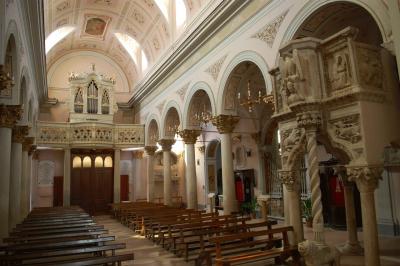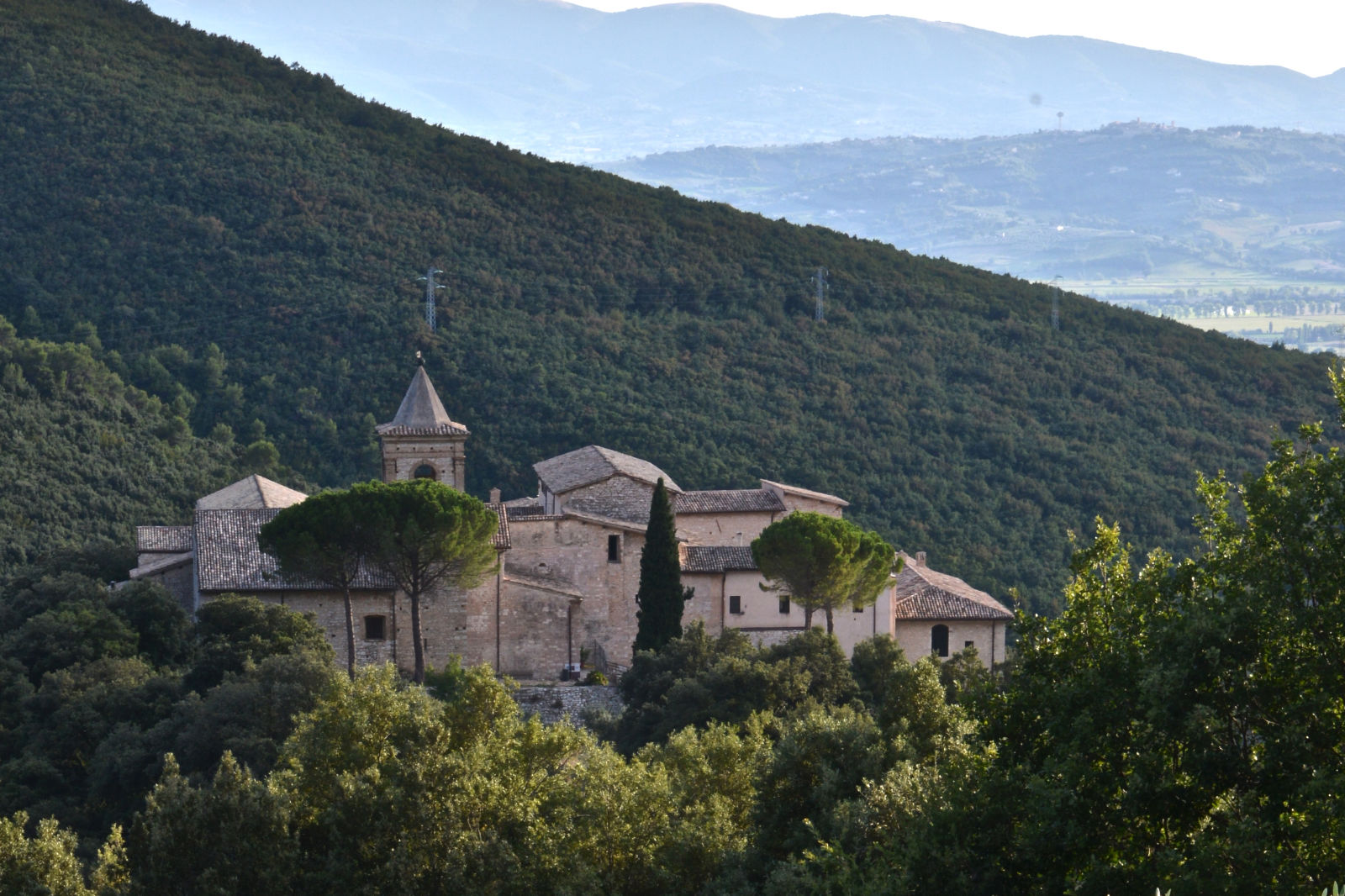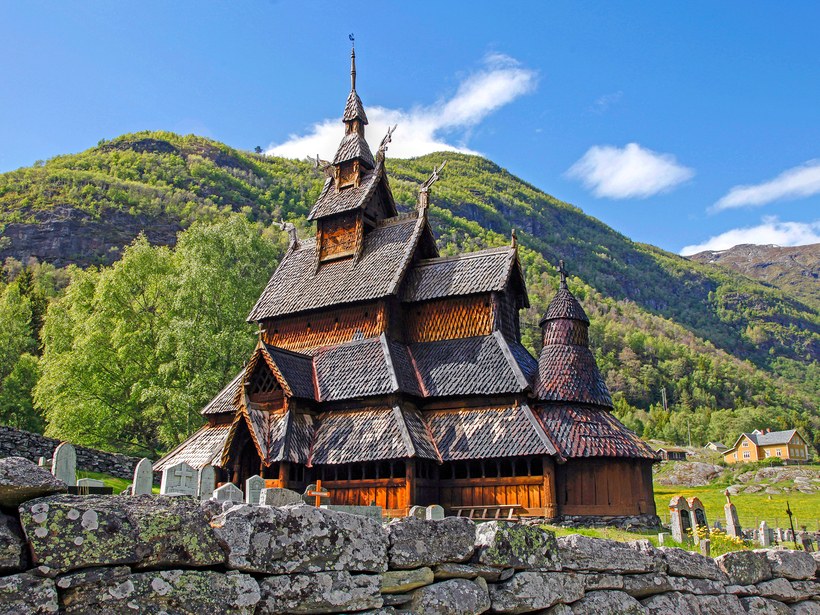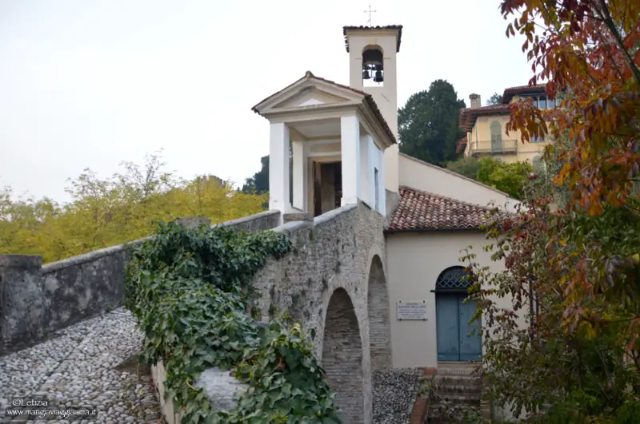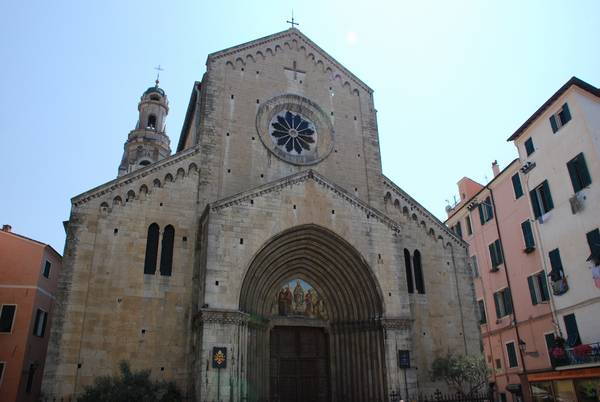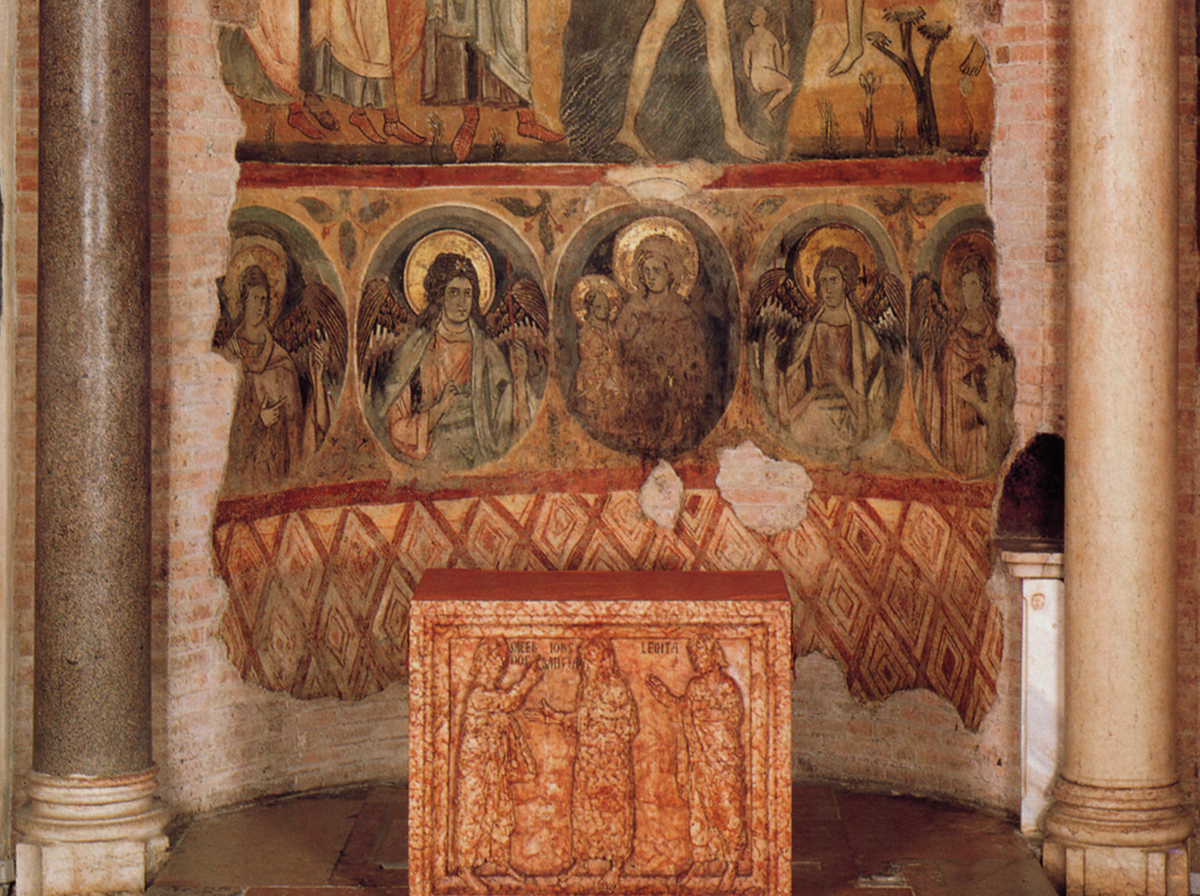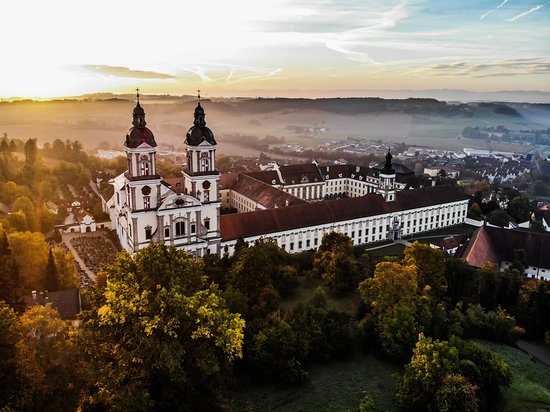Built towards the end of 1200, the church has undergone numerous transformations over the centuries. In the Middle Ages the main entrance was on the square, preceded by a three-arched portico, flanked by the bell tower, detached, and with the Baptistery of San Giovanni in front of it (this structure is typical, just think of the cathedral of Florence or Pisa).
Towards the middle of 1800 there were three important events: the earthquake of 1858, the beatification of San Cono and the fact that Diano became the seat of the diocese. In carrying out the works after the earthquake, the opportunity was taken to enlarge the church, realizing the whole part of the transept of the presbytery and the sacristy, also reversing the entrance from the square was moved to the opposite alley.
Of valuable workmanship are the two portals: the main one rich and elaborate attributed to Melchiorre in the thirteenth century and the side one of 1508.
Inside:
– the pulpit (very rare example in Italy of sculpture signed ) sculpted by Melchiorre da Montalbano, dated 1271. The whole work, made of stone from Teggiano, on four columns surmounted by four capitals and two trefoil arches, has an allegorical meaning: starting from the top there are the symbols of the four evangelists (Mark, Matthew, John and Luke), below, carved in triangles, the deer (representing the unconverted man) then the lion (representing the strong and powerful man because he is a Christian) then Mosè indicating Eve. In the central figure, the lion represents the power of the Church holding the twisted column symbolizing humanity and, above, the eternal struggle between good and evil with the warrior (good) who with effort defends the hare (man) from the eagle (evil).
– the tomb of Stasio d’Heustasio, dated 1472 è supported by three statues representing the theological virtues (faith, hope and charity). In the central body there is a Madonna with child flanked by angels with the d’Heustasio coat of arms on the left and the Sanseverino coat of arms on the right. On the lid rests Stasio dressed as a warrior with his feet resting on the faithful dog. Stasio, however, was a warrior and as such he died who knows where, so he was never buried in this tomb, which since 1857, after Diano became the seat of the diocese, preserves the remains of the first Bishop of Teggiano Monsignor Valentino Vignone.
– The tomb of Enrico Sanseverino is the most refined work of art of this church. Attributed to Tino da Camaino and sculpted in 1336, it is very similar to the tomb of the Duke of Calabria and to that of his wife Maria d’Angiò by the same artist, on the right of the high altar of the church of Santa Chiara in Naples.
Tommaso Sanseverino, Great Constable of the Kingdom of Naples, founder of the Certosa of Padula and of the Castle of Diano, wanted for his eldest son Enrico, who died very young in the Crusade in Jerusalem, a sepulchre worthy of his rank.
Leaning on three twisted columns, it represents, in the central part, the twelve apostles with gold writings on the edges and on the central bands on a blue enameled background and on the cover Henry in his crusader clothes.
The upper part depicts the presentation of Henry, kneeling with a sword at his side, to the Madonna and Child, flanked by angels and St. Henry of Hoistoffen holding an infant symbolizing the soul of the dead.
– The tomb of Orso Malavolta, dated 1488, rich and refined, is certainly the work of an artist who came from outside. It rests on two tall caryatids from an earlier period that certainly supported another tomb.
On the cover the figure of Orso, Sienese and personal doctor of Antonello Sanseverino, prince of Salerno. The fact that a Sienese doctor was in Diano at the end of the fifteenth century is explained by the fact that Antonella had married Constance, the daughter of the Duke of Urbino, and together with his wife brought with sè from central Italy also a whole series of people such as doctors, notaries, painters, sculptors ect.
– two painted wooden angels of the eighteenth century, placed at the sides of the high altar.
– two canvases of the early eighteenth century depicting a Madonna with San Cono and a Miracle of San Cono.
